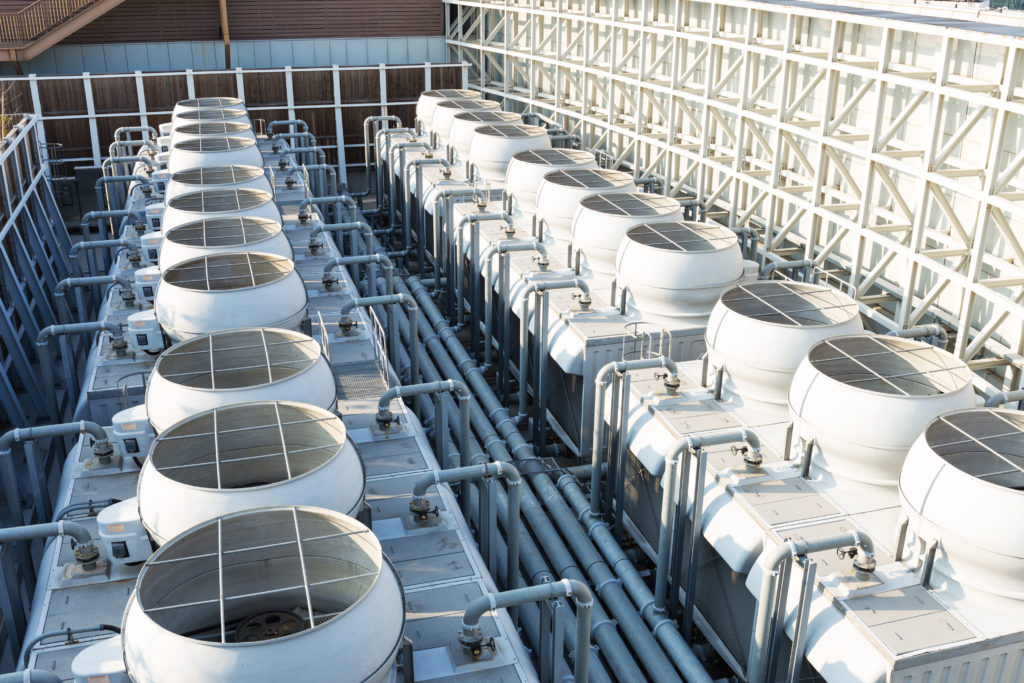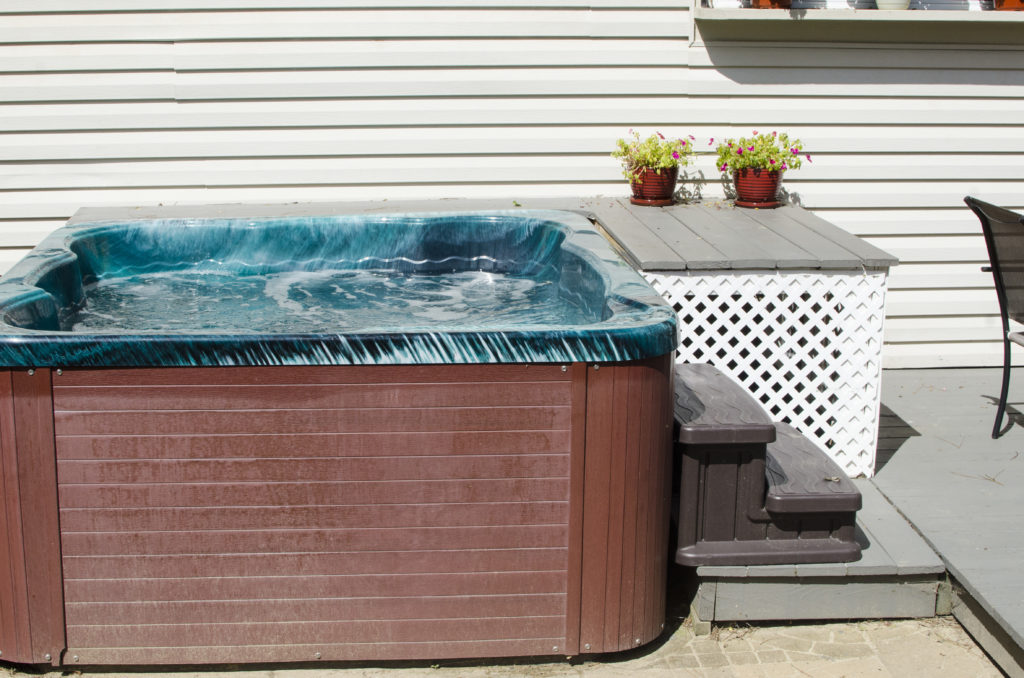Legionnaires’ Disease Lawsuits And Compensation
Jules Zacher has recovered millions of dollars for his clients over the course of his career litigating Legionnaires’ disease cases. He has been in practice since 1974 and working on Legionnaires’ disease lawsuits since 2007. Below you will find information you need on how to sue for Legionnaires’ disease, how to obtain Legionnaires’ disease compensation, and more. .
Can you sue for Legionnaires’ disease?
What steps should I take if I am considering starting a lawsuit for Legionnaires’ disease?

The first step if you are considering filing a lawsuit for Legionnaires’ disease is to contact a knowledgeable lawyer. Once you have arranged a meeting or a call with a lawyer, you should attempt to determine what the source of your Legionnaires’ disease exposure could be. Try to determine what you did and where you were for the prior 2-12 days before you started experiencing symptoms.
Can I file on behalf of a loved one that has died of Legionnaires’ disease?
If your loved one has died as a result of Legionnaires’ disease, you can file something called a “wrongful death action”. Each state has a slightly different law that governs wrongful death, but the general definition states that a civil action can be brought against someone who can be held liable for the death. That means any tortious conduct, like negligence, that caused someone’s death can be grounds for a wrongful death lawsuit.
When should I file a lawsuit for Legionnaires’ disease?
Past Legionnaires Disease Cases
The Spa and Waterpark Case

The Cooling Tower Case

In July and August 2015, there was an outbreak of Legionnaires’ Disease in the Bronx that claimed 12 lives and sickened at least 128 people. The outbreak caused widespread concern and weeks of uncertainty among residents. Thanks to the hard work of epidemiologists and investigators, the source of the outbreak was identified: a cooling tower in the area. In cooling tower cases, the simple act of walking down the sidewalk exposes victims to contaminated water droplets that fall from the towers above.
That’s what happened to our plaintiffs. In cases like this, there are often clusters of cases. In July of 2015, the New York Department of Health was made aware of the hundred or so cases of Legionnaires’ Disease in a single area of the city. Their investigation makes our plaintiffs’ cases easier to establish, because the source is readily identified.
Having determined that the cooling tower was a likely source of the outbreak, investigators turned to clinical results to confirm their suspicions. Using gel electrophoresis and whole genome sequencing, they compared the specific bacteria that inhabited the cooling tower with the bacteria inhabiting the lungs of our clients. After several rounds of rigorous testing, they determined that the bacteria samples matched: The cooling tower had in fact been the source of the outbreak.
The Bed and Breakfast Case

The Hospital Case

Hospital-associated cases are what they sound like: contaminated water at the hospital causes illness amongst its patients and/or employees. Healthcare facilities like hospitals and nursing homes usually serve the populations with the highest risk of contracting Legionnaires’ Disease: elderly individuals and individuals with prior-existing conditions. The following case we had a few years ago.
In 2017, the client was admitted to a nearby hospital. Shortly after, she developed symptoms consistent with Legionnaires’ Disease such as cough and fatigue, was treated in the ICU, and then discharged. Unfortunately, because physicians misdiagnosed her, she had to be readmitted days later. Arriving in acute respiratory distress, she was tested for, and subsequently diagnosed with, Legionnaires’ Disease. She died July 6, 2017.
The risk of an outbreak of Legionnaires’ Disease due to improperly maintained water systems in hospitals is well-known and foreseeable. Several standards exist for hospitals and medical facilities to ensure the safety of their water system, including Medicare’s healthcare management policy. The defendant failed to comply with these policies, which was ultimately the reason for their liability.